events Posts on Crowch
Once again, Tbilisi is becoming the center of
youth music as Georgia gears up to host the 23rd
Junior Eurovision Song Contest in December 2025 at the Olympic
Palace. Since their victory in Madrid last year with Andria
Putkaradze’s emotional anthem “To
My Mom”, Georgia has continued its reign as the most successful nation in JESC
history with four wins.
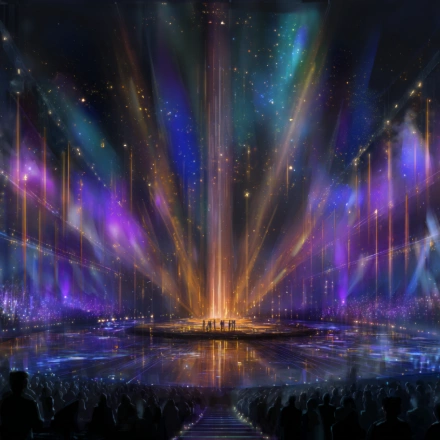
Who’s
Tuning Up?
Georgia’s representative for Junior Eurovision
2025 will be chosen through Ranina, the beloved
children’s talent show format that consistently uncovers young stars. season
delivers singers with remarkable stage presence and vocal ability — the
strongest voices Georgia has seen in years.
Thoughtful selection, combined with Georgia’s
history of producing winners, sets the stage for another memorable performer to
emerge and potentially continue the nation’s winning streak.
What
Is Georgia Doing to Prepare?
The Georgian Public
Broadcaster (GPB) is already deep into preparations. They’ve
pledged to surpass their previous hosting success from 2017 and deliver an even
grander event in Tbilisi. Concerts,
stage design, and broadcast infrastructure are all being developed to ensure
Georgia showcases not just talent but also cultural pride and hospitality.
Why
Georgia Has the Strongest Singing Tradition
Georgia isn’t just hosting — it’s competing
from a place of confidence. The country:
Hosts Ranina, a proven
incubator of raw talent.
Invests heavily in production and mentoring.
Learns from past victories, pushing artistic
boundaries while preserving authenticity.
This blend often results in standout
performances that resonate across the continent.
A
Country That Sings With Its Heart
Georgia’s gift for nurturing young musical
talent is being celebrated on home turf. As Tbilisi readies its stage, the
nation illustrates how tradition, creativity, and national pride can come
together. And as voices rise from behind the piano keyboards and into the
lights, they’ll be joined by echoes of national identity — in song, in
celebration, and in unity.
Votes: https://crowch.com/vote/2907/statistic/ https://crowch.com/vote/2919/statistic/
Every year, when the local summer reading festival rolls around, it feels like more than just a chance to grab discounted books or attend author talks. For me, it’s become a moment to slow down and reflect on what hobbies mean in a world that’s always pushing to be faster and busier. I’m not one to be super organized or methodical about my interests — movies, hiking, or books often blend into a jumble of ‘what’s next?’ But the festival reminded me that taking time for simple, shared experiences can ground even the most chaotic minds.
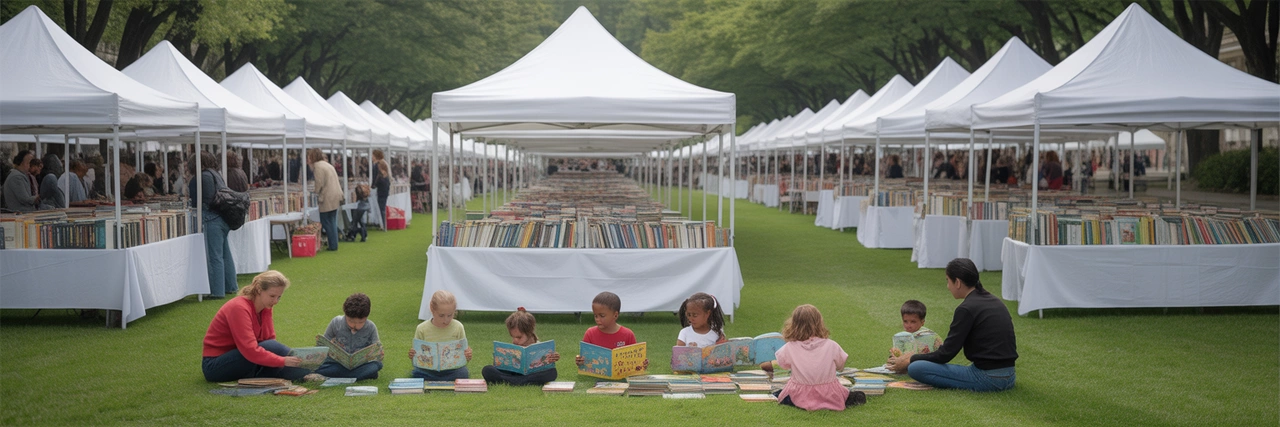
Walking through rows of tents filled with books, posters, and people chatting about their latest reads or favorite authors, I noticed how the atmosphere was a patchwork of calm and lively. Kids sprawled on the grass flipping through picture books, adults lining up for signings, and volunteers helping with storytelling sessions. It was a practical demonstration that hobbies don’t have to be solo or solitary; they can knit people into a community. I caught myself thinking about how little effort it takes to be part of something bigger by just showing up and sharing an interest.
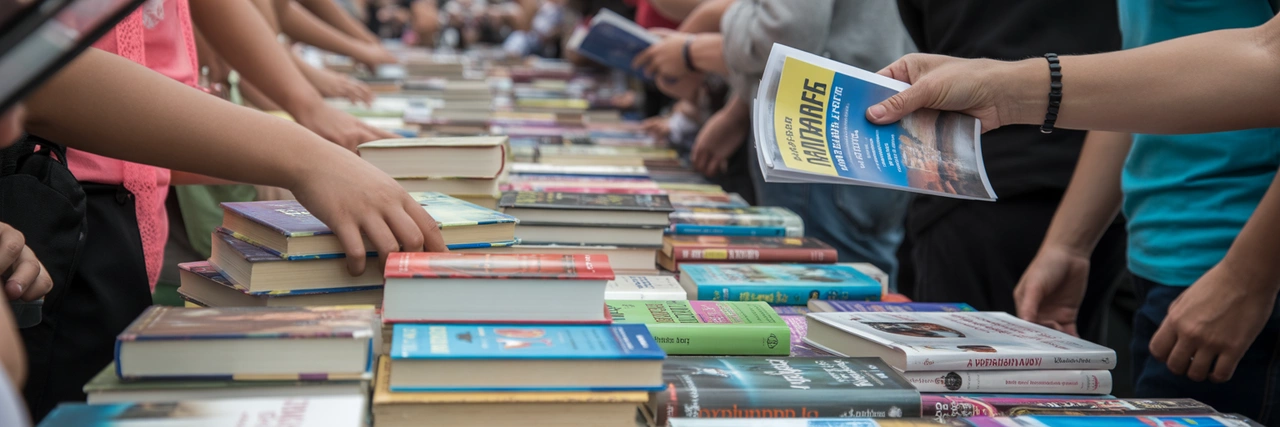
One of the more unexpected parts was the mix of outdoor activities paired with literary themes — yoga sessions inspired by famous poems, and guided nature walks tied to novels set in the region. It felt like the festival was weaving together active living and intellectual curiosity, both of which often compete for my attention. Seeing how others embraced this blend encouraged me to rethink how I approach my free time, pushing me to be a little more deliberate, even if my style stays pretty unconventional.
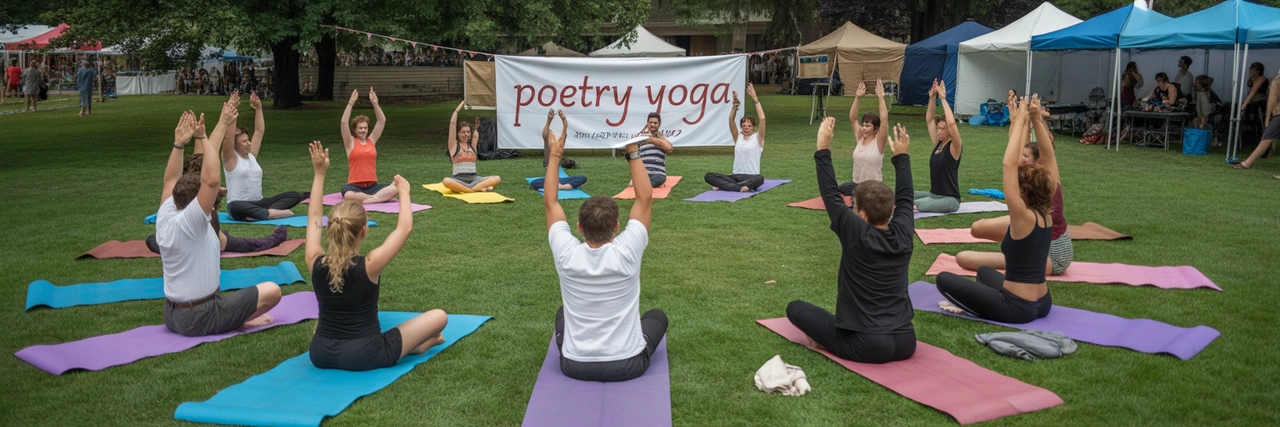
As the school year draws to a close, there’s a familiar shift in the air — a mix of relief, anticipation, and subtle reflection. Having spent decades around educational spaces, I’ve learned that the last days before summer break hold more significance than just goodbyes and final exams. They reveal the quiet threads that tie routines, growth, and change together.
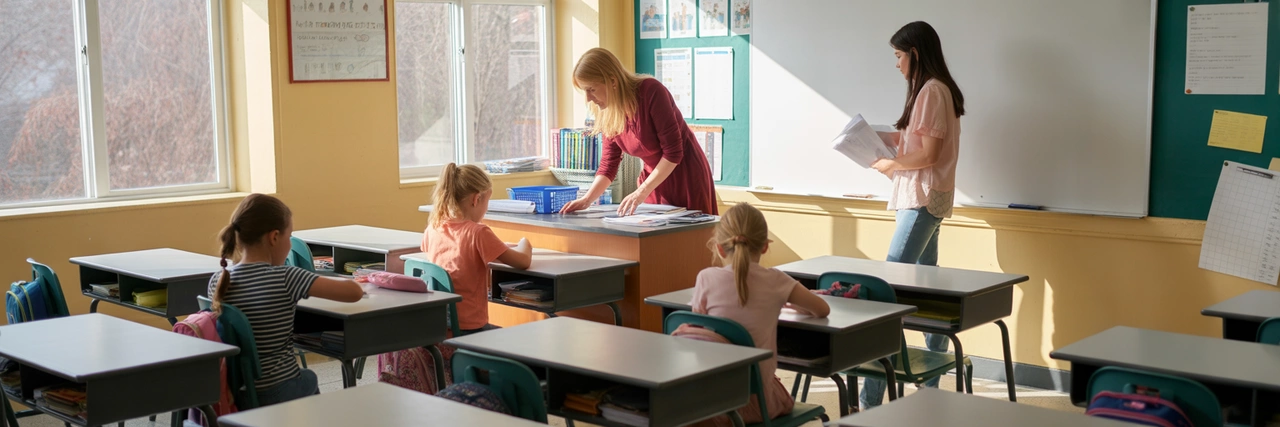
One thing I always notice is how teachers and students navigate the transition with both structure and flexibility. Lessons become less about new material and more about wrapping up, reviewing, or sometimes just sharing stories. Classrooms transform into spaces for reflection — a place where questions linger and students start thinking about what comes next. This balance between closure and openness helps make the end of the year a natural pivot, not just a deadline.
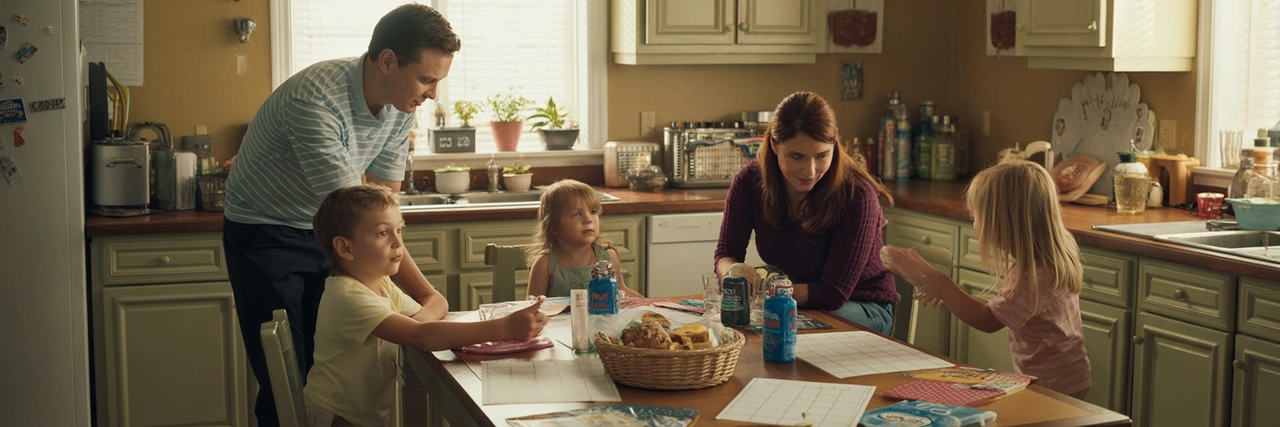
At home, routines adjust too. Parents shift from packed schedules to summer plans, and kids move from school desks to playgrounds or camps. These changes ripple through family dynamics, sometimes causing minor chaos but often opening doors for new connections. I’ve seen how even small conversations during this time — about hopes, fears, or simply plans — can strengthen relationships and provide grounding during transitions.
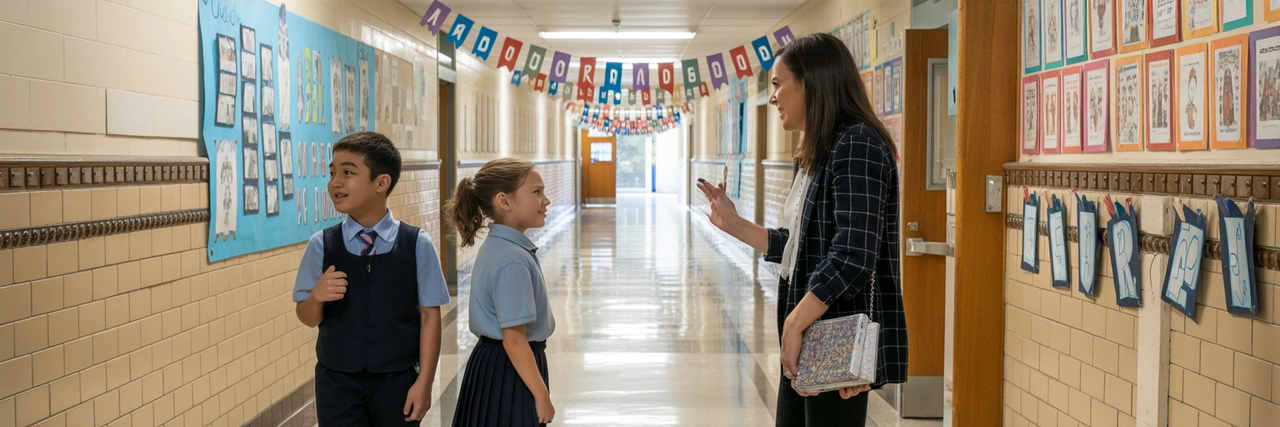
Finally, the end of the school year reminds me how learning happens beyond textbooks. Watching students pack up projects, exchange contact information, or prepare for summer jobs highlights the real-world skills they develop alongside academics. Adaptability, time management, and social navigation — these are lessons that stick longer and shape lives in ways tests never can.
Every summer, the rhythm of life seems to change. The days stretch longer, and with them come festivals — music, food, art — where people from all walks gather to share in something communal and alive. This year, attending a local summer festival reminded me that beyond the entertainment, these events offer subtle lessons in human connection and presence.
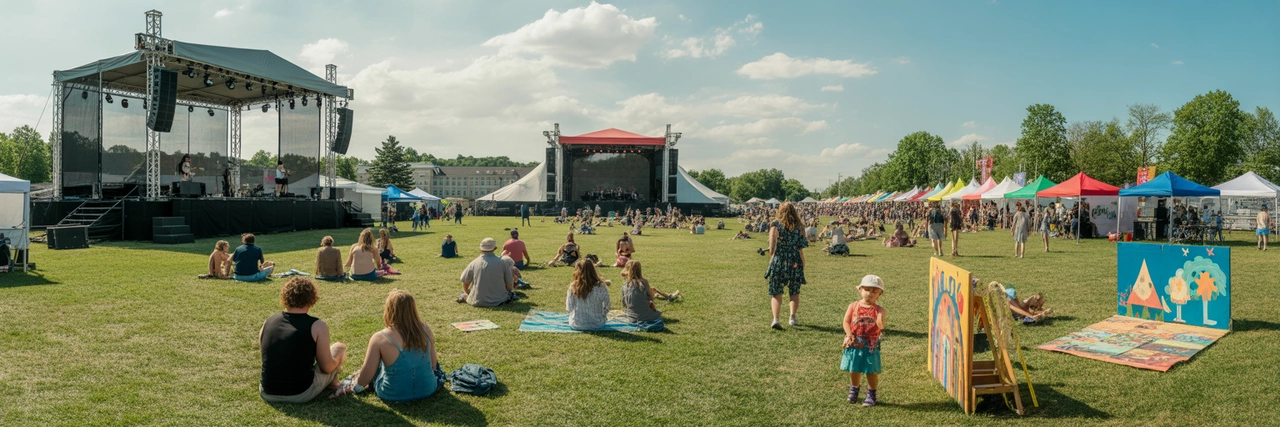
At the festival, I noticed how music plays a central role, not just as background but as a binding force. Different stages offered everything from classical strings to electronic beats, drawing crowds into varied circles. Watching people adjust their movements to the tempo, nod along to familiar melodies, or discover new sounds showed me how deeply we respond to rhythm, almost instinctively. It’s a reminder that, like music, life has its own tempo — sometimes fast, sometimes slow — and being attuned to it makes our experience richer.
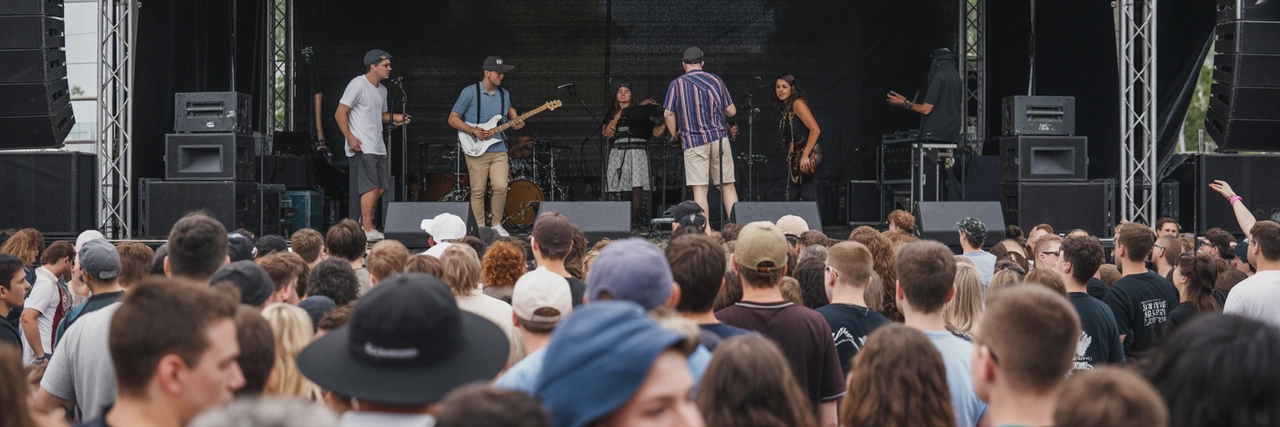
Beyond music, the diversity of attendees — families, solo visitors, groups of friends — created a layered social tapestry. I saw strangers exchanging smiles over shared dishes, children chasing bubbles near art booths, and elders quietly observing the scene from shaded benches. These moments, small and seemingly mundane, highlight the importance of shared spaces in nurturing community ties. Festivals, in their casual openness, become temporary neighborhoods where inclusivity happens naturally.
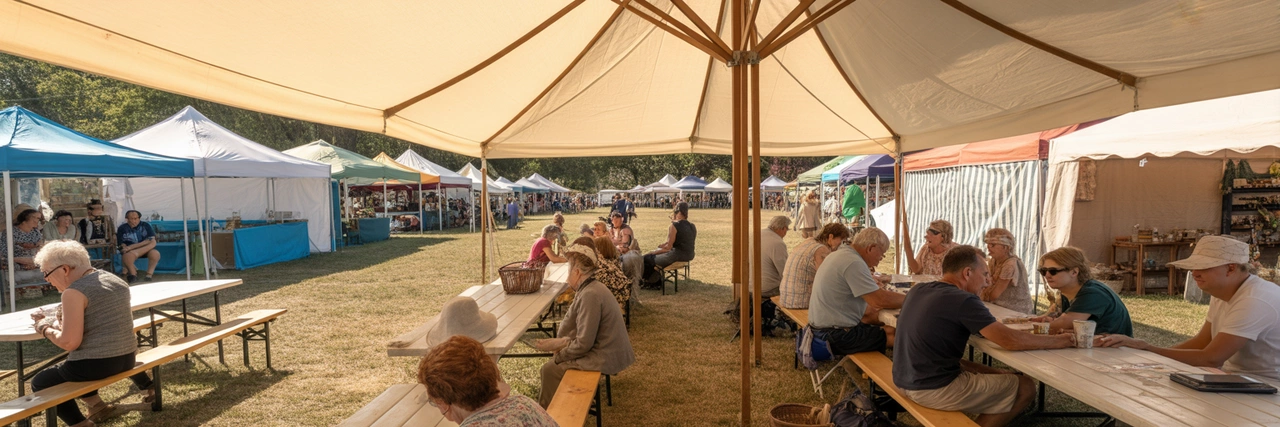
Finally, observing the festival’s ebb and flow made me appreciate the value of taking time to pause and engage. In our fast-paced world, such events create pockets of stillness and interaction that often get overlooked. Whether it’s tasting new foods, chatting with vendors, or simply people-watching, these simple actions anchor us in the present. Summer festivals may be seasonal, but the reminder to slow down and connect is a lesson worth carrying through the year.
I never thought of myself as a “book person.” Bookshelves usually made me nervous—too many words, too much pressure to finish. But last summer, I found myself wandering the wild, colorful world of Edinburgh’s International Book Festival. And somehow, between tents, crowds, and stacks of books, I discovered that stories aren’t just words on paper—they’re strange little sparks that can jump off the page and into real life.
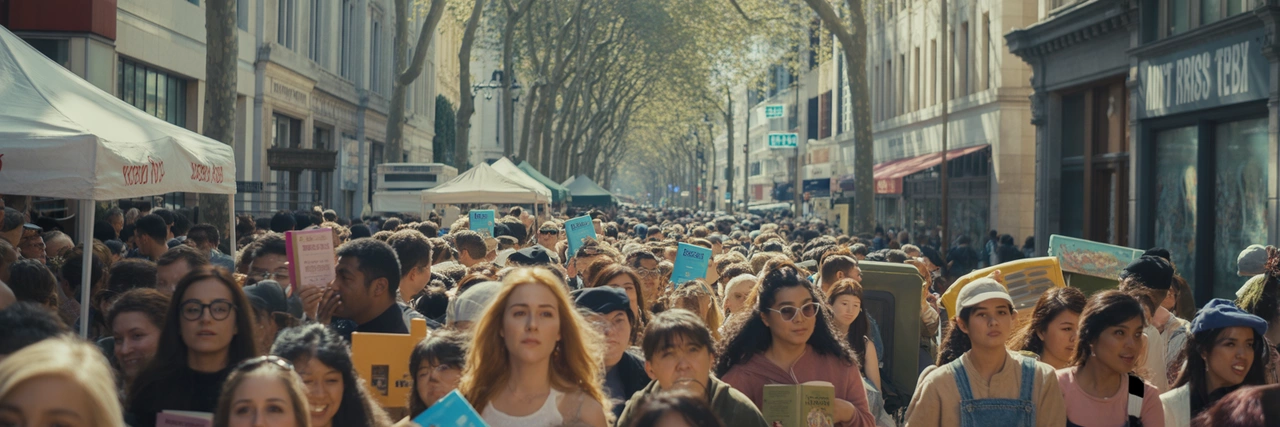
My first real surprise was at a tent called “Story Alchemy.” The authors there handed me a rusty old key from a box and asked me to write a story inspired by it. I scribbled about a door that only opened at midnight—a silly idea, but it felt alive. That moment showed me stories don’t have to start big or perfect; they can start with a rusty key or a weird thought that won’t leave you alone.
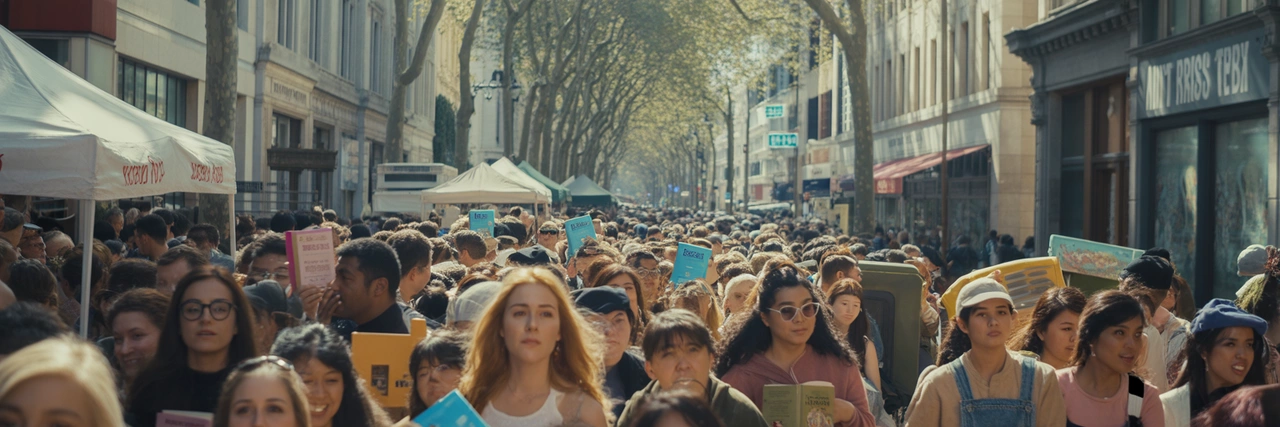
Then came the “Book Swap Parade,” where people dressed as their favorite characters and swapped books on the street. I wore homemade radish earrings as Luna Lovegood and traded my battered copy of *The Bell Jar* for a graphic novel about mythical creatures. It was more than just swapping books—it was like swapping pieces of ourselves, stories intertwining in the most unexpected ways.
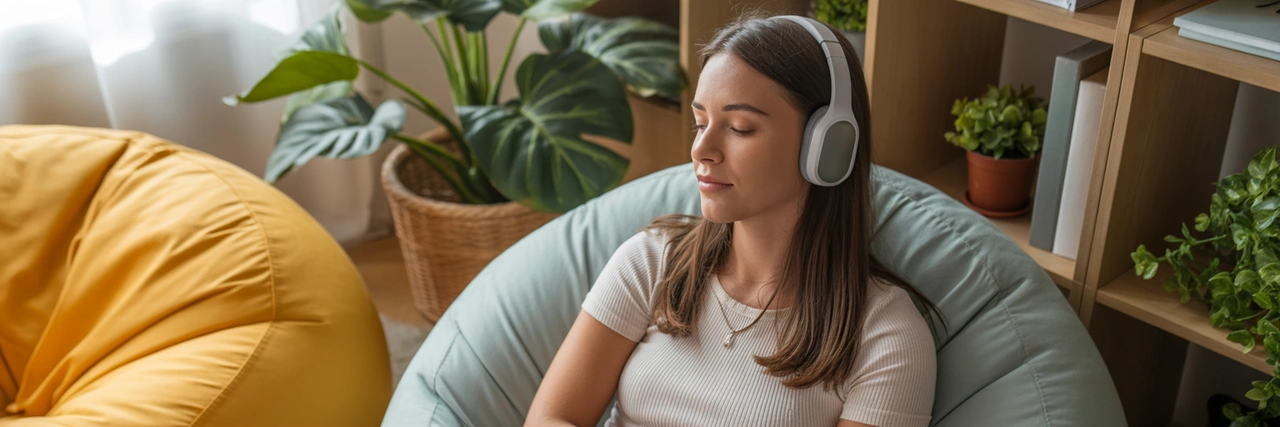
The quietest moment, though, was in the “Silent Stories” corner. Sitting on a beanbag, surrounded by plants and soft light, I listened to a tale narrated by a famous actor about a secret library under Edinburgh’s streets. No pages to turn, no eyes to strain—just pure story, washing over me like a gentle wave. That’s when I realized stories don’t always have to be read; sometimes, they just need to be felt.
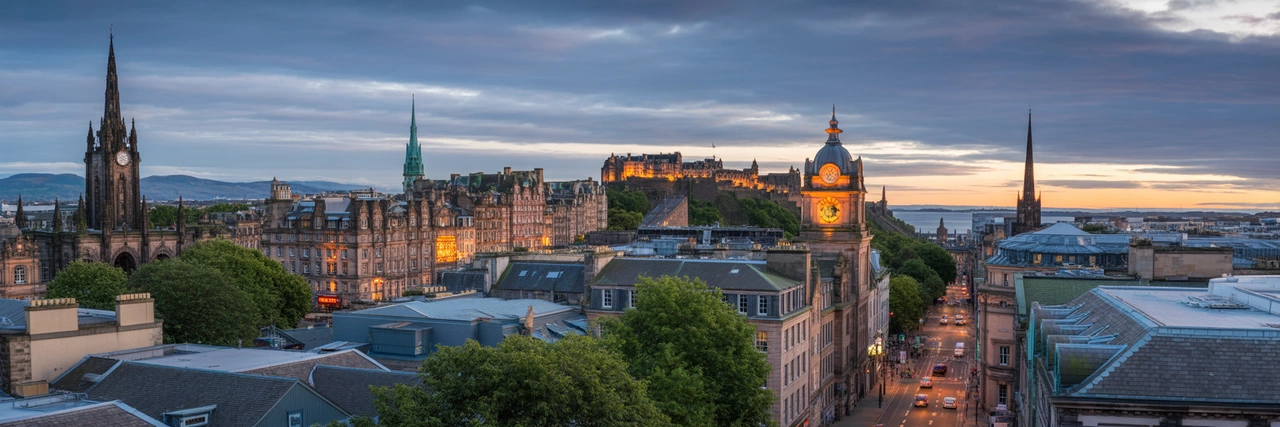
By the end of the festival, I wasn’t just someone who “should” read books. I was someone who saw stories everywhere—in rusty keys, swapped novels, and silent moments. The festival wasn’t just about books; it was about a community of weird, wonderful people who find magic in unexpected places. And somehow, I finally felt like I belonged.
So if you think festivals are just for die-hard fans, think again. Sometimes all it takes is a rusty key and a strange summer afternoon to open a door to a new kind of magic.
International Book Festival runs from August 11 to 27, bringing together over 800 authors, poets, and thinkers from around the globe. Unlike a usual quiet reading event, the festival literally takes over the city’s Charlotte Square Gardens, turning it into a buzzing hub of book launches, workshops, and debates. Street performers mingle with visitors, making it feel more like a carnival for book lovers than a traditional festival.
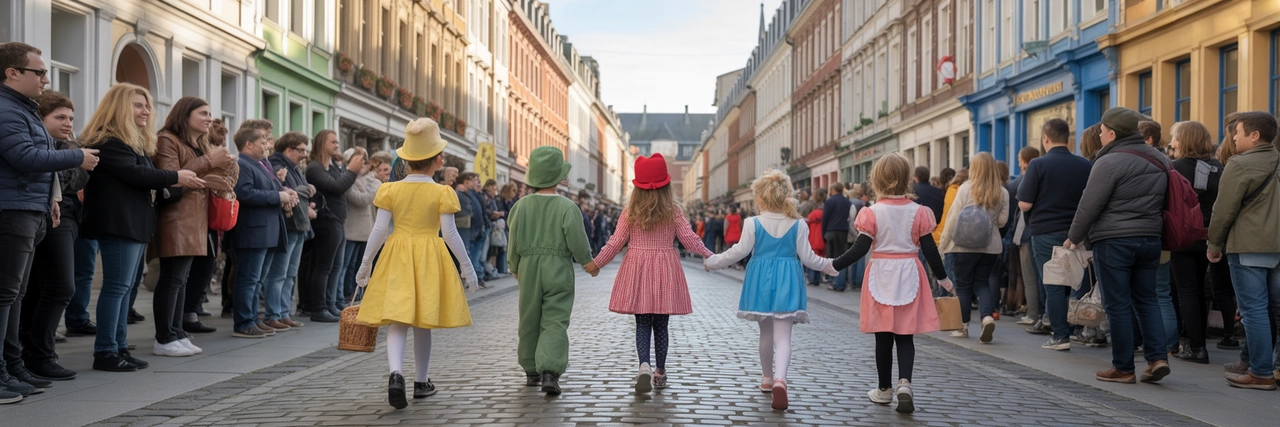
One of the quirkiest parts of the festival is the “Storytelling Grand Parade” for children, where kids dress up as their favorite literary characters and march through the city center. This year, expect to see everyone from Harry Potter to the Gruffalo parading down the Royal Mile. The energy is infectious, a reminder that literature isn’t just for quiet libraries—it’s alive and playful in the streets.
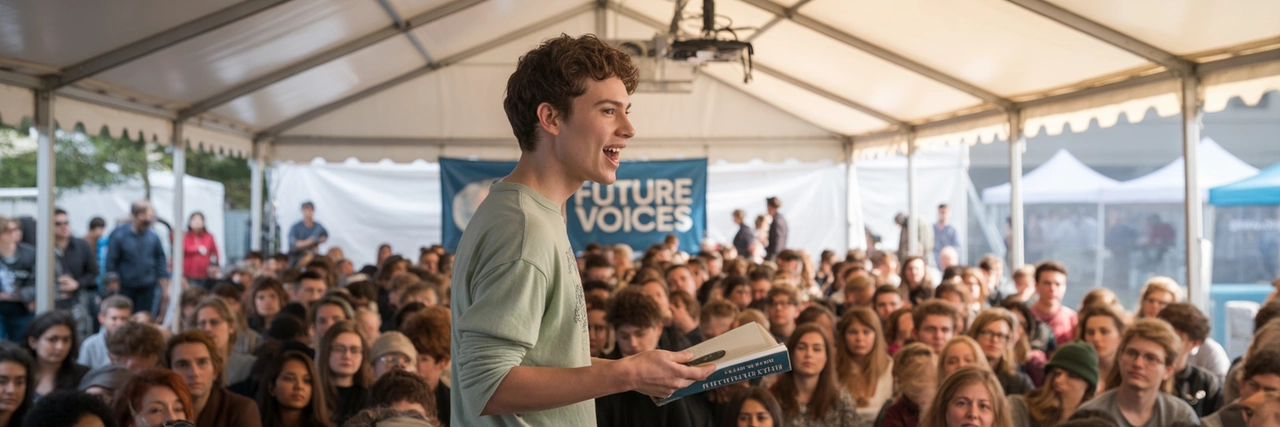
The festival also hosts a “Future Voices” series spotlighting debut authors under 30, many of whom tackle urgent topics like climate change and digital privacy. It’s a platform for fresh perspectives that often get overlooked in mainstream media, making the event a place where new ideas meet old traditions.
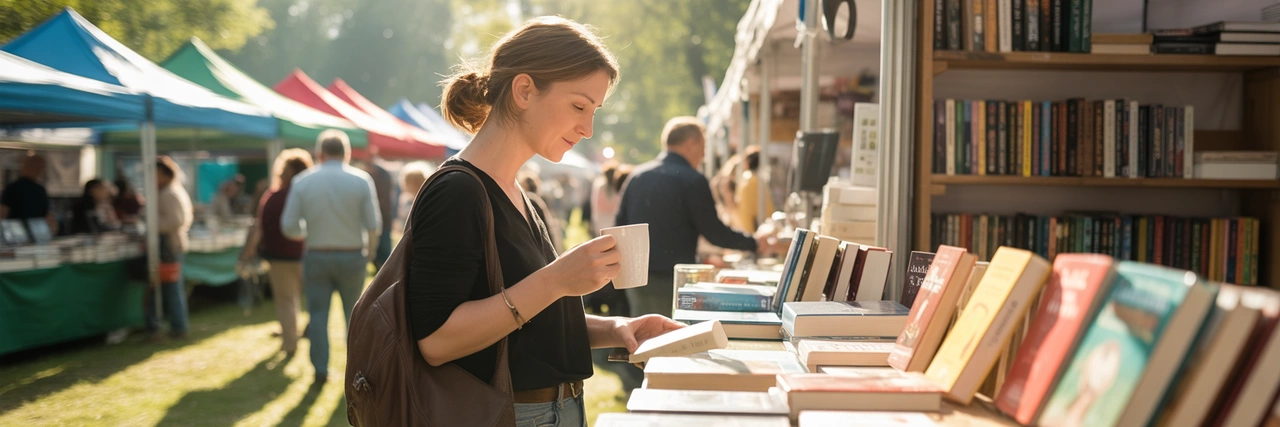
For Jenkins, a self-proclaimed “book-hoarder with a strange taste,” the festival’s fusion of serious literary talks and playful street culture hits the perfect balance. It’s a place to discover books not just by cover or scent, but through lively experience—a reminder that stories belong to everyone, everywhere.
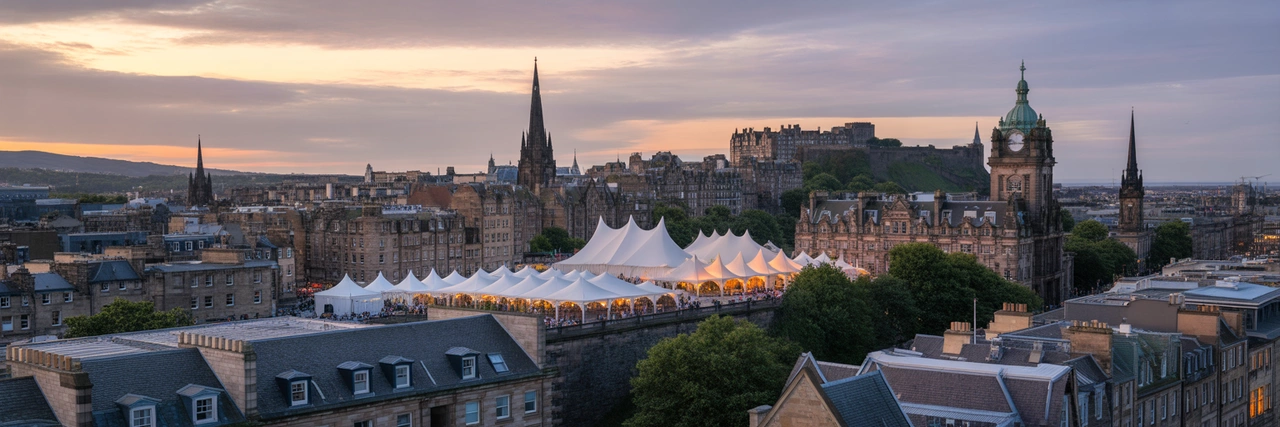
If you’re in the UK this August, wandering around Edinburgh’s festival is less about checking off author signings and more about soaking in a living, breathing book universe. And who knows? You might end up collecting stories of your own to carry back home.
Every June, Glastonbury takes over Somerset with a mix of mud, music, and magic — and while I once thought it was strictly for young adults in wellies, attending in 2023 with my family changed my view entirely. Glastonbury isn’t just a music festival; it’s a cultural village with room for everyone, including curious kids and slow-paced dads like me. We planned carefully: stayed outside the main camping zone, packed enough snacks to survive a week in the wild, and stuck close to the festival’s “Kidzfield” — a vibrant space filled with circus acts, puppet shows, and more glitter than I thought humanly possible.
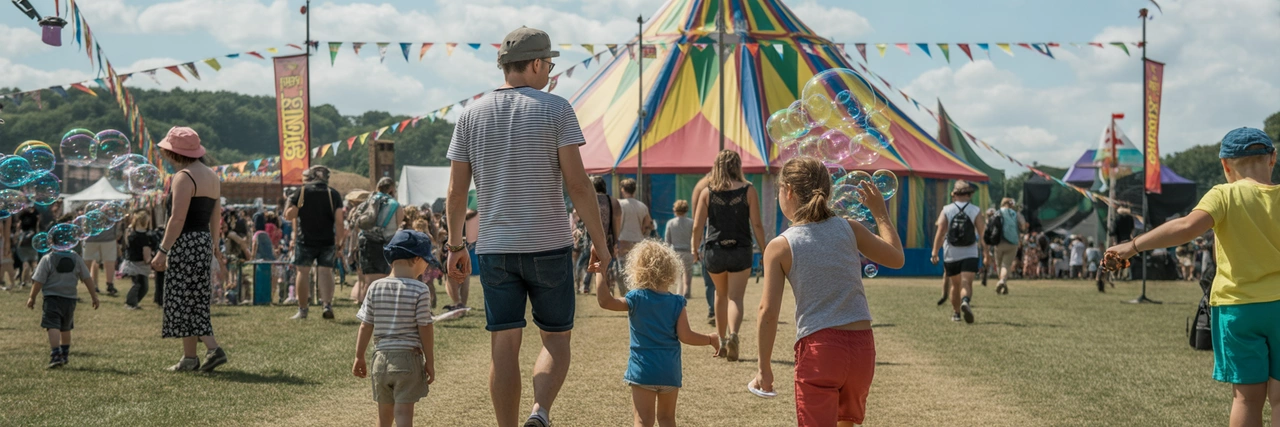
The real surprise came not from the headline acts, but from the smaller stages scattered across the site. My son discovered Irish folk music at Avalon Café. My daughter learned how to screen-print her own T-shirt in the Green Crafts area. Meanwhile, I found myself talking to a climate activist from Bristol over homemade cider. Glastonbury, in all its organized chaos, somehow makes room for intimate, human moments between the noise — and those are what stuck with us.
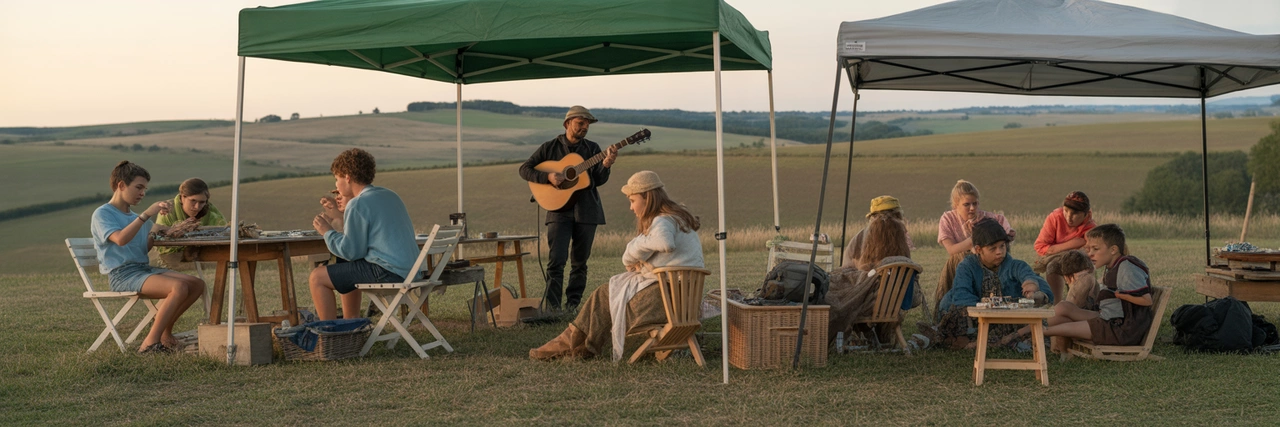
Of course, there were meltdowns. We got lost on the way to the Acoustic Stage, and someone (me) dropped a full tray of vegan nachos. But those hiccups added to the adventure. We laughed, problem-solved, and leaned into the flow of it all. Watching my kids learn to navigate a world much bigger and louder than usual made me proud — and a little nostalgic for my own younger festival days.
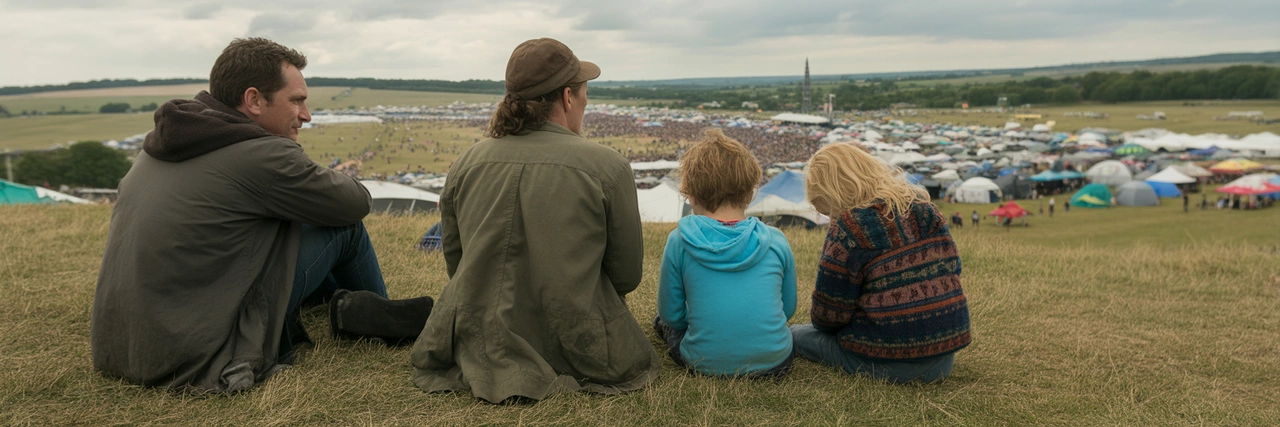
Since then, our family playlist has expanded to include everything from Punjabi pop to protest folk. Glastonbury opened a door for my kids to see music not just as entertainment, but as expression, identity, and connection. It reminded me that parenting doesn’t always mean teaching — sometimes it just means showing up, listening, and dancing along.
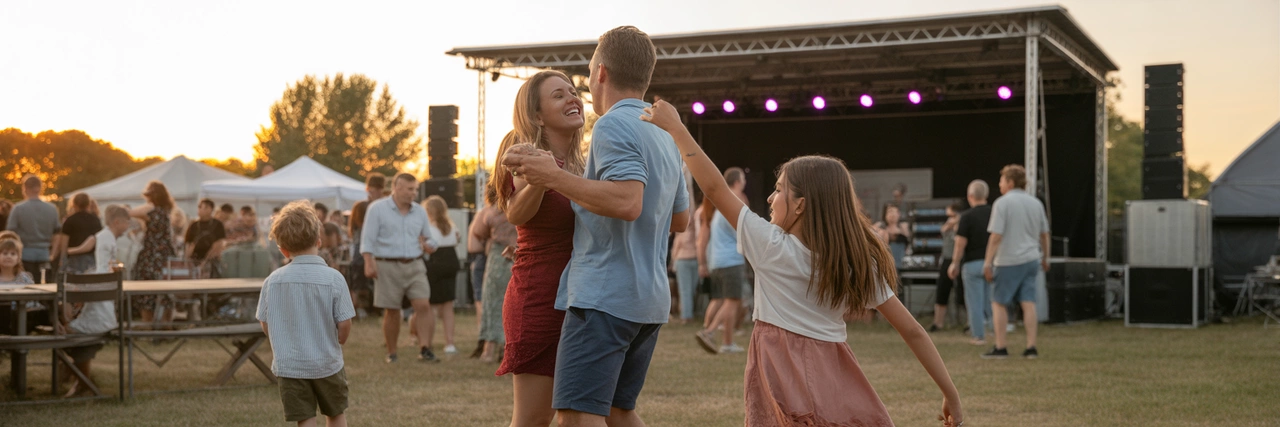
Every year, during the last weekend of June, my family looks forward to the National Strawberry Festival held in our hometown of Plant City, Florida. Established in 1930, this festival celebrates the start of the strawberry harvest season with over 500,000 visitors attending each year. For us, it’s more than just a chance to enjoy fresh strawberries; it’s a cherished tradition that combines local culture, food, and family bonding. The festival features strawberry-themed food contests, live music, craft vendors, and a parade — all providing a vibrant backdrop to our annual reunion.
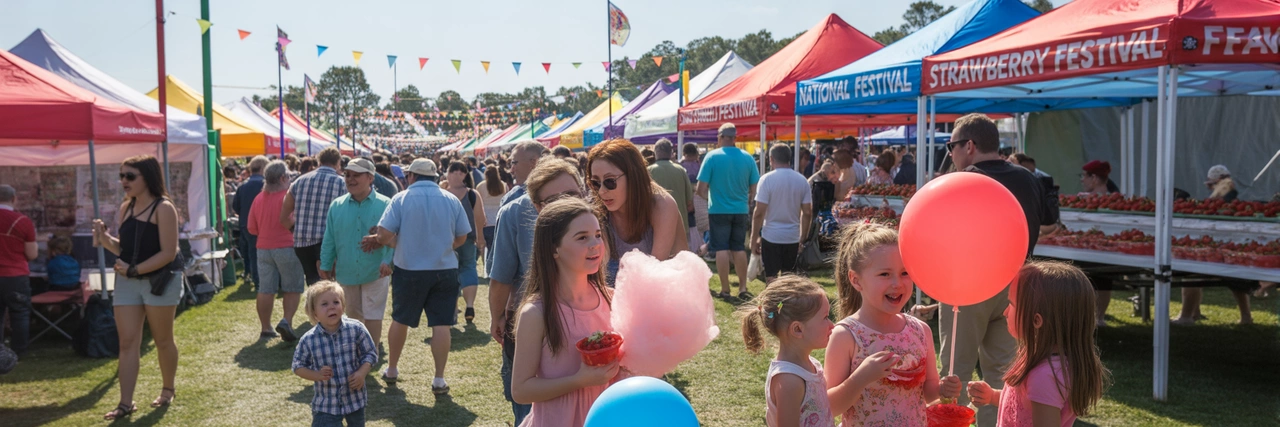
One of the highlights for my kids is the strawberry shortcake-eating contest, a spirited competition that mixes laughter with a bit of messy fun. We also love visiting the “Berry Patch” area where local farmers sell freshly picked strawberries and teach about sustainable farming practices. It’s an educational experience for the kids and a reminder of how important agriculture is to our community and economy.
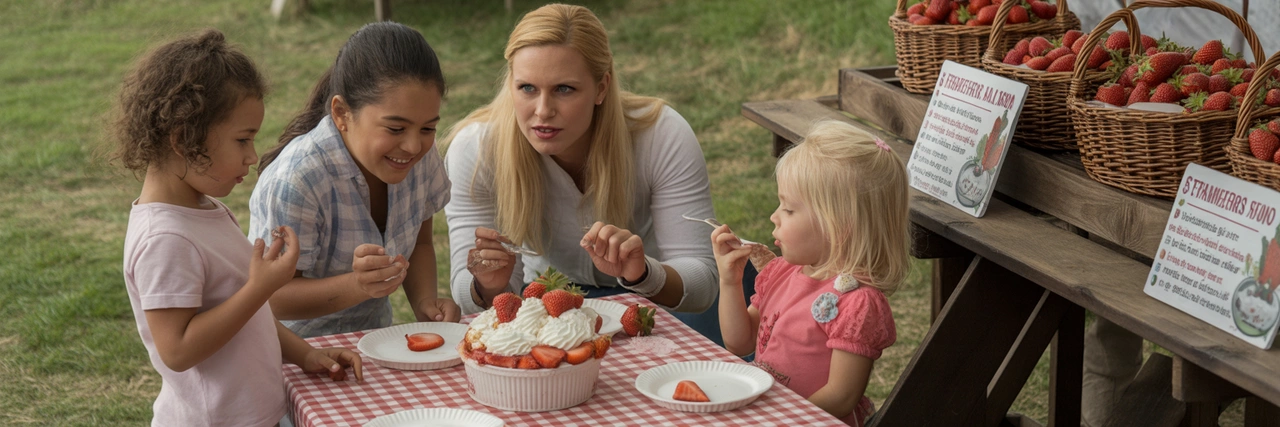
The festival’s live entertainment ranges from bluegrass bands to local dance troupes, creating a festive atmosphere that lasts into the evening. We often end the day by watching the grand parade featuring floats decorated with giant strawberry sculptures and local school marching bands. It’s a colorful spectacle that brings the whole community together and leaves lasting memories.
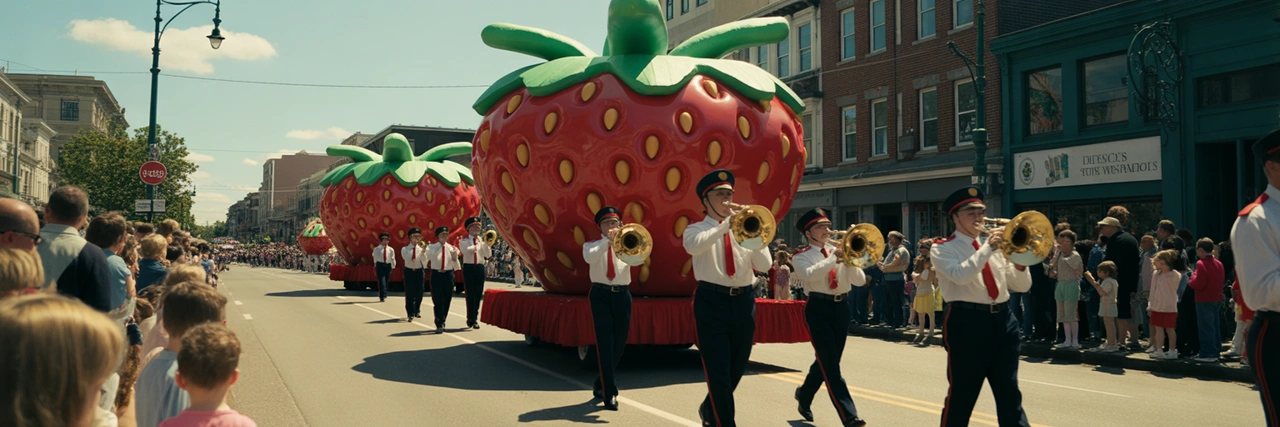
For us, the National Strawberry Festival is more than a fun outing — it’s a way to connect generations through shared experiences and a reminder to appreciate the simple pleasures of life. As the sun sets over the festival grounds, we savor our strawberry treats and the warmth of family, knowing these moments are the seeds of lasting bonds.
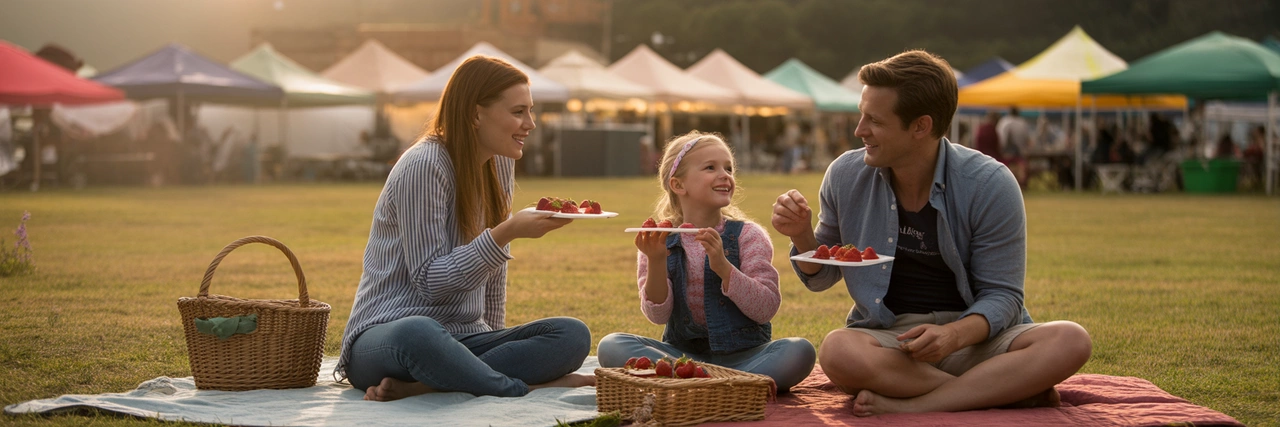
Wimbledon kicks off its 139th edition this week, blending historic traditions with the digital age. From the strict all-white dress code to the iconic strawberries and cream, this tennis tournament remains a symbol of British culture — yet the All England Club has fully embraced social media, launching exclusive TikTok challenges and behind-the-scenes Instagram stories to engage younger fans. This juxtaposition of old-school prestige and modern hype shows how sports events evolve without losing their soul.
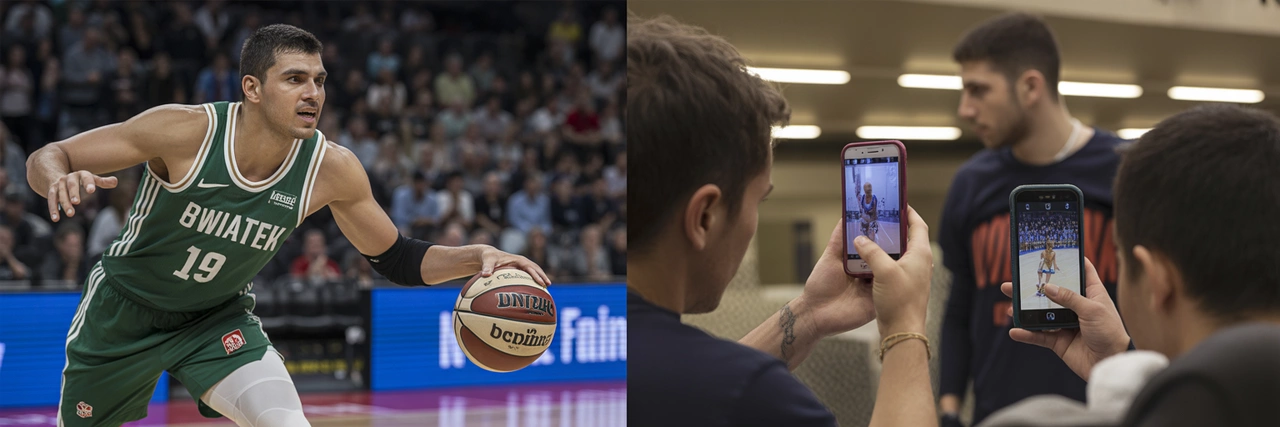
The tournament’s player lineup features the usual suspects and fresh faces alike. Iga Świątek aims to defend her title against new challengers, while young talents like Carlos Alcaraz bring raw energy and viral moments. Off-court, player interviews reveal a generation fluent in meme culture and branding, reflecting how athletes are more than competitors — they are personalities with global followings.
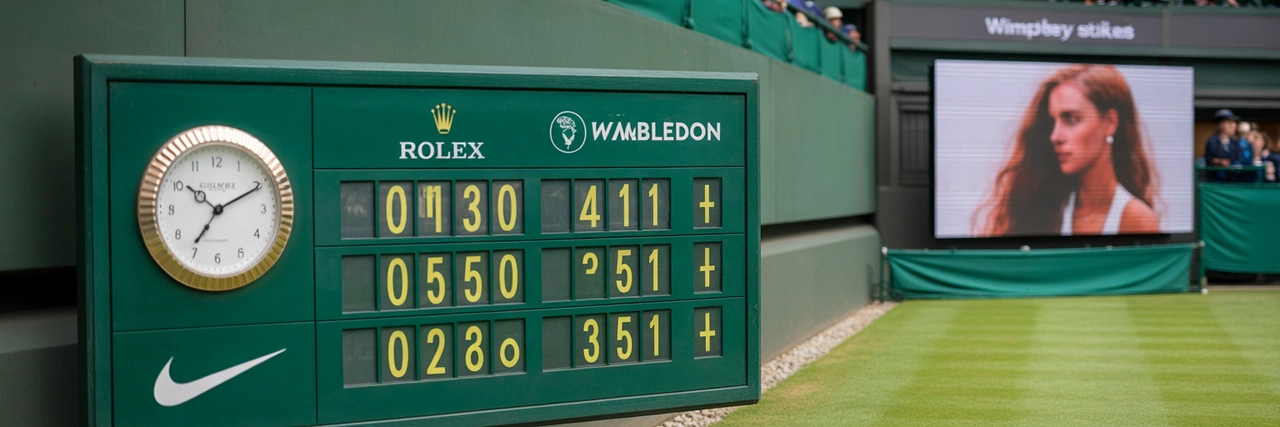
The prize money this year has increased by 5%, now totaling over £44 million, underscoring tennis’s commercial growth despite global economic uncertainties. Sponsors like Rolex and Nike continue to play a massive role, while digital advertising during match breaks offers targeted content that feels less intrusive, a nod to the shifting media consumption habits of fans.
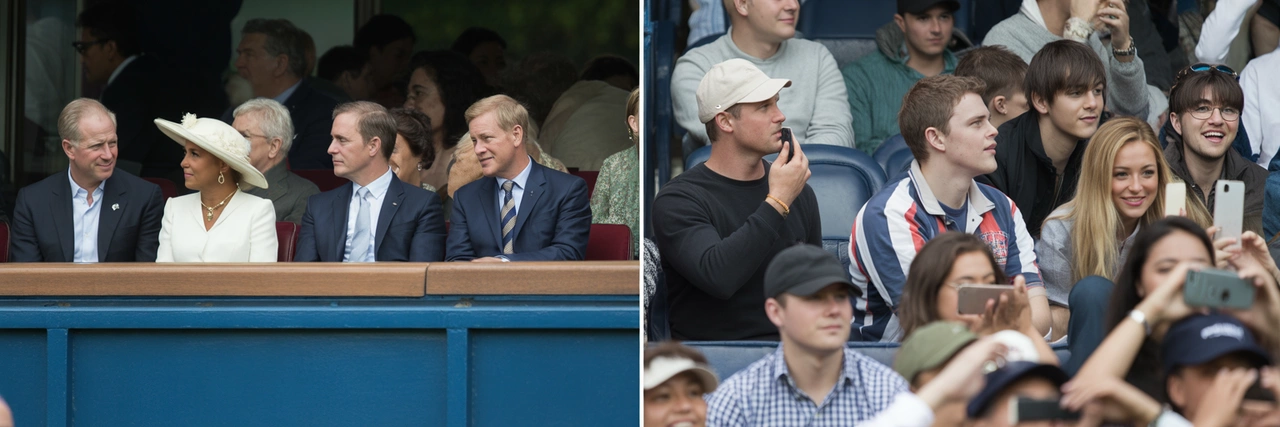
One of the tournament’s fascinating quirks remains its royal patronage, with members of the British royal family attending select matches. This tradition brings a sense of ceremony and pomp, contrasting sharply with viral TikTok dances in the stands — a true cultural mashup. It’s a reminder that sport is never just sport; it’s a stage for society’s evolving rituals.
I went to the park for air and movement, as usual, but found rows of metal barricades and technicians adjusting microphones under small tents. It was the day before National Day, and something official was clearly in rehearsal mode.
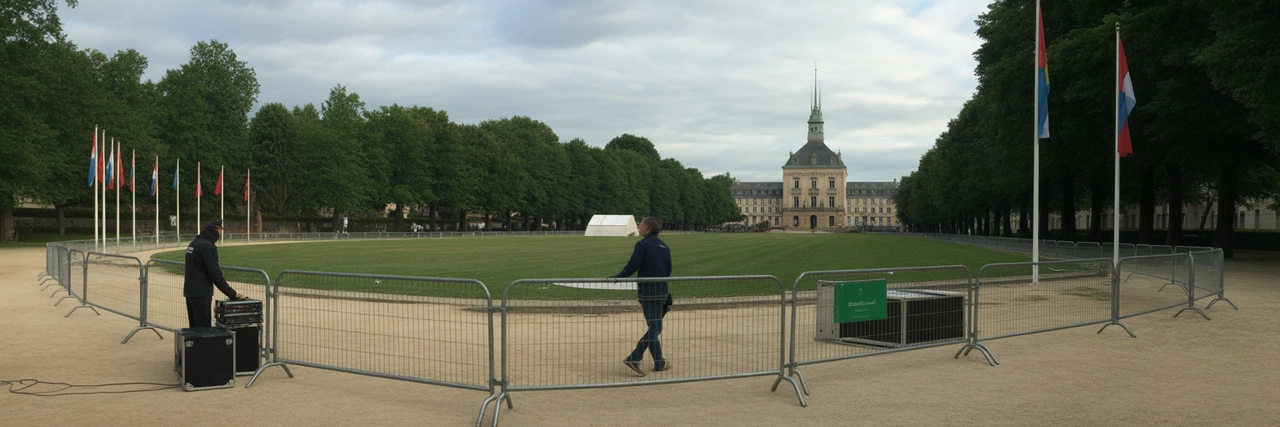
Near the central monument, a military band was warming up — trumpets testing scales, a bass drum sounding like distant construction. No speeches, just tuning. I stood beneath a linden tree, unnoticed, perfectly placed to watch them figure out the rhythm of tomorrow.
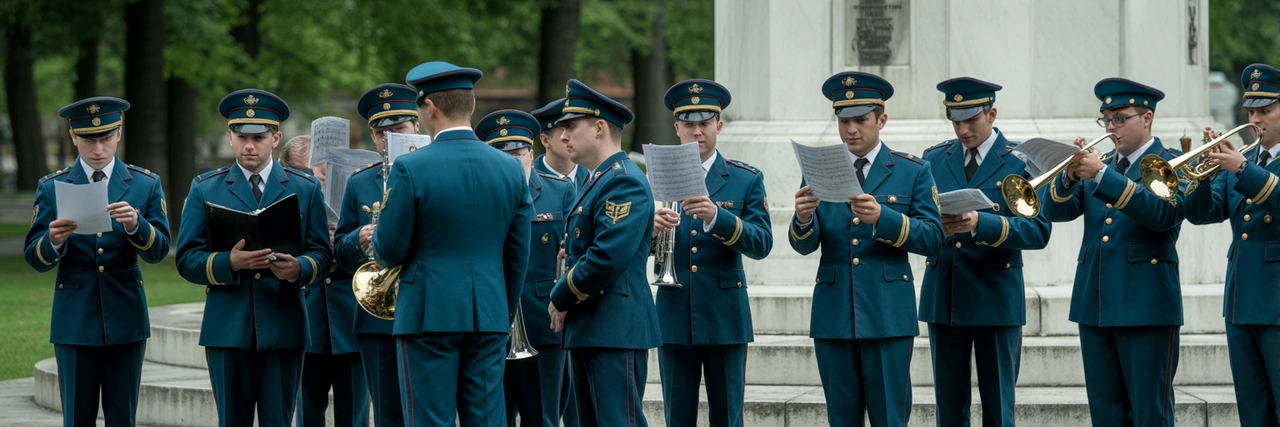
Further down the path, municipal workers were tying red-white-blue ribbons onto lampposts. One ladder leaned against a statue. Everything had a quiet urgency — not showy yet, just the bones of celebration being stitched together.
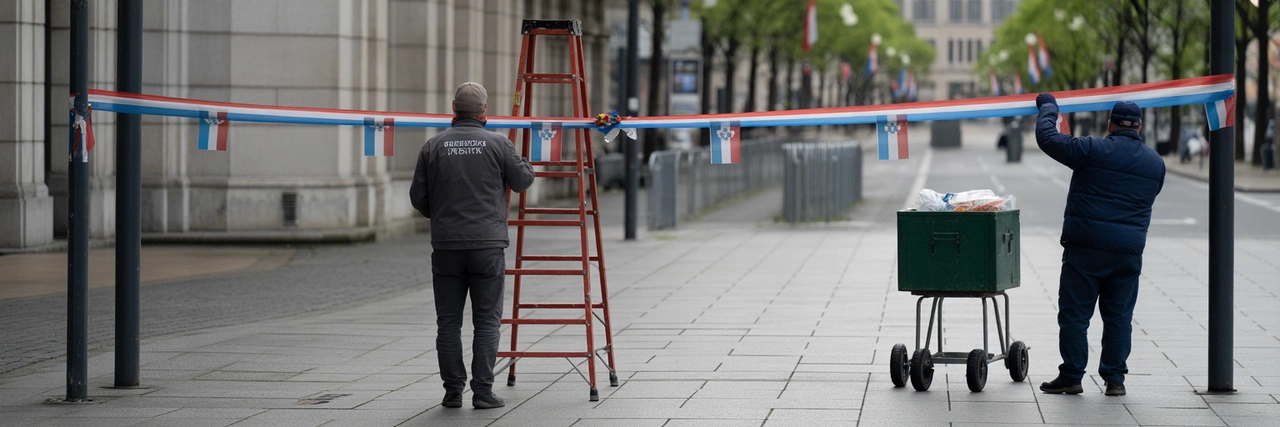
A girl on a scooter stopped beside me and asked what was happening. I told her what little I knew — that tomorrow is Luxembourg’s National Day, that there will be parades and fireworks. She nodded like she’d heard it all before, then zoomed off.
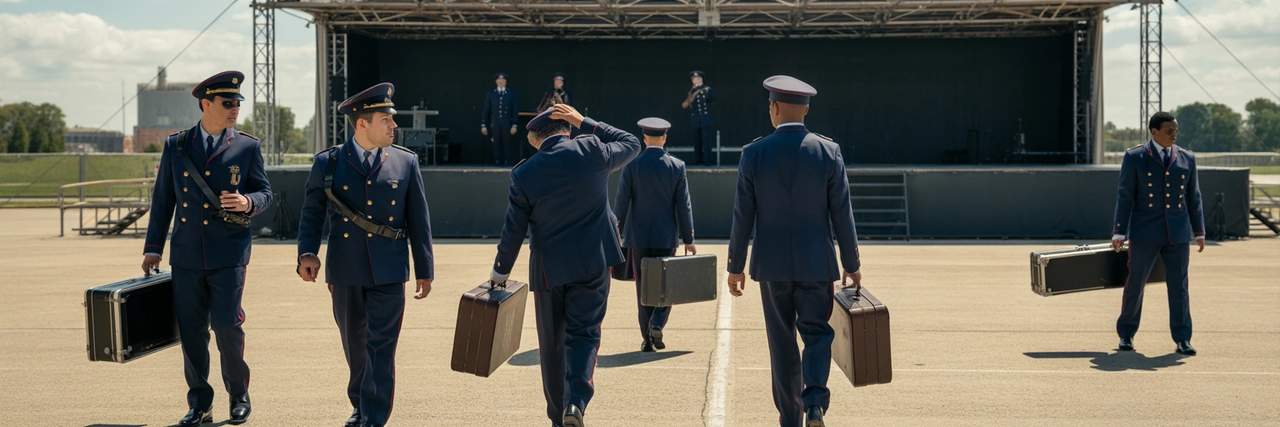
By noon, the rehearsal had wrapped. The trumpet players folded their stands and walked away in pairs, some still chatting. I didn’t expect a civic rehearsal to be so peaceful. It felt less like performance and more like preparation for a shared breath.
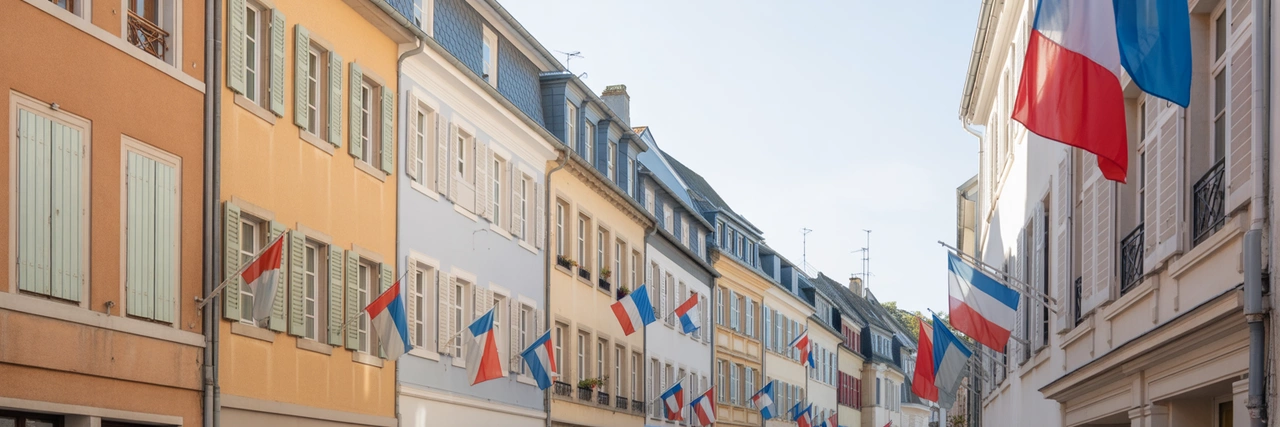
I walked home the long way, passing flags hung from balconies and shops. Everything seemed ready, even if no one was watching yet. The celebration starts tomorrow, but the work — and the music — starts before that.